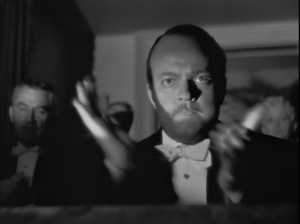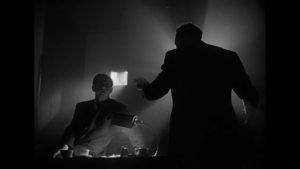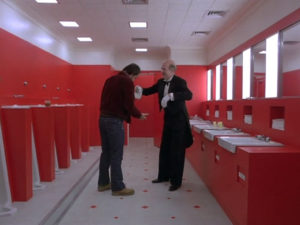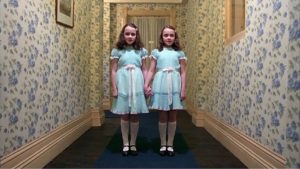Why Citizen Kane is considered “The Greatest Film Ever Made”
Citizen Kane is often critically acclaimed as the greatest movie ever made, evident in multiple occasions, topping the list of greatest films from many considerably established institutions such as the AFI. Citizen Kane was responsible for embedding revolutionary cinematic techniques that would transcend film for years to come, setting a precedent that would not only result in the film being regarded the best noir film, with it’s existential exposure of chiaroscuro, but regarded one of the best movies ever made.

Citizen Kane can also be seen as one of the first movies to converge genres. The introductory scene is arguably gothic, with the visual of Xanadu being aesthetically ghastly which would indicate the movie to follow the monster genre that had been popular during that time. However, as the movie continues past the death of Kane into his biography, we begin to see the mystery side of the film, with the ambiguity of Rosebud and the transcendence of time fragmenting the traditional flow of a narrative, which arguably correlates with the representation of how a life is quantified. Perhaps the multitude of genres is a direct contrast into the complexity of categorizing one’s lifetime.
One of the cinematic techniques that were used in the film was what we now know as deep focus lens, which had been invented by the cinematographer of the film, Gregg Toland. A pivotal scene using this technique is the scene in which a young Kane is playing outside in the snow in the background of the shot, which we visualise through the window in the middle ground, whilst the foreground shows the transition of custody of Kane. The focus is further strengthened with layering of the mise-en-scene, which enhanced the perspective for the viewer. The sheets of paper, the chair beside the window and the beams on the ceiling all play a role in the shot, especially the table that was onset made to split in half so the camera could pan out from outside using a long take. Toland used deep focus and long take in this shot to retain verisimilitude, and his methods in doing so were nothing short of transcending.

Chiaroscuro, the balance of light to dark in film, is prominent throughout Citizen Kane. For instance, in the scene after the news reel of Kane’s life, the manipulation of shadow places the reporters in the room in the dark, with the presence of Kane being illuminated. Therefore, the audience can easily identify that Kane is the prominent focus of the shot, retaining relevance in the scene, whilst the reporters in the room are represented with silhouettes, denouncing their presence and conveying to the audience that their dialect is important not their identity.

Citizen Kane contains themes so significant that each time it is viewed, the depiction of what certain instances represent can be more relevant to a subjective belief, which in itself stands as one of the film’s most substantial messages. Welles wants to convey that life is however you perceive it, and uses the character of Kane to infatuate this, with his excessive materialistic lifestyle sadly being his detriment, and the iconic “Rosebud” suggesting that regardless of the supposed successes of his life, his content lay in the simplicity of his youth, and the quarrel of who he would have been for not the drastic departure of his early life.













